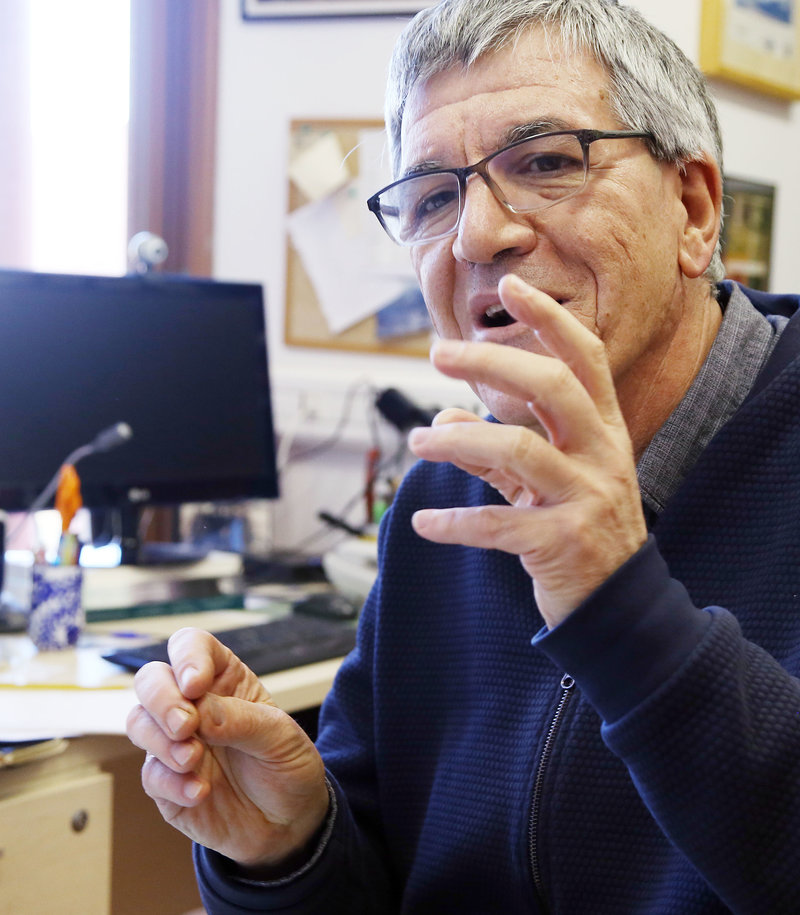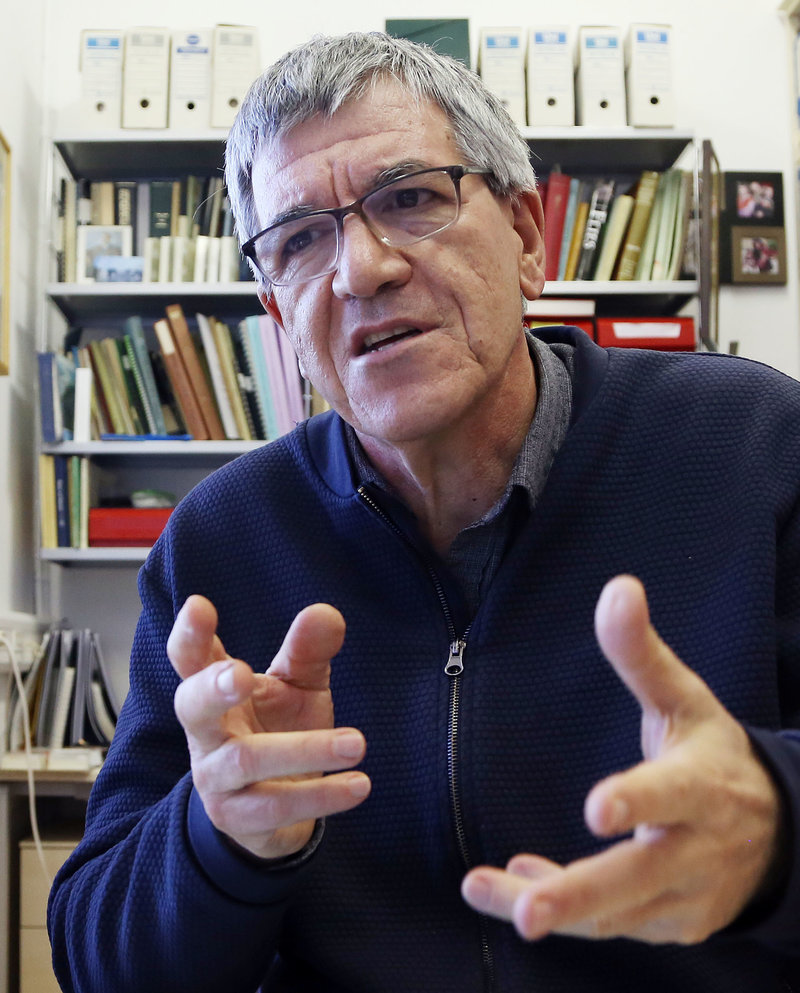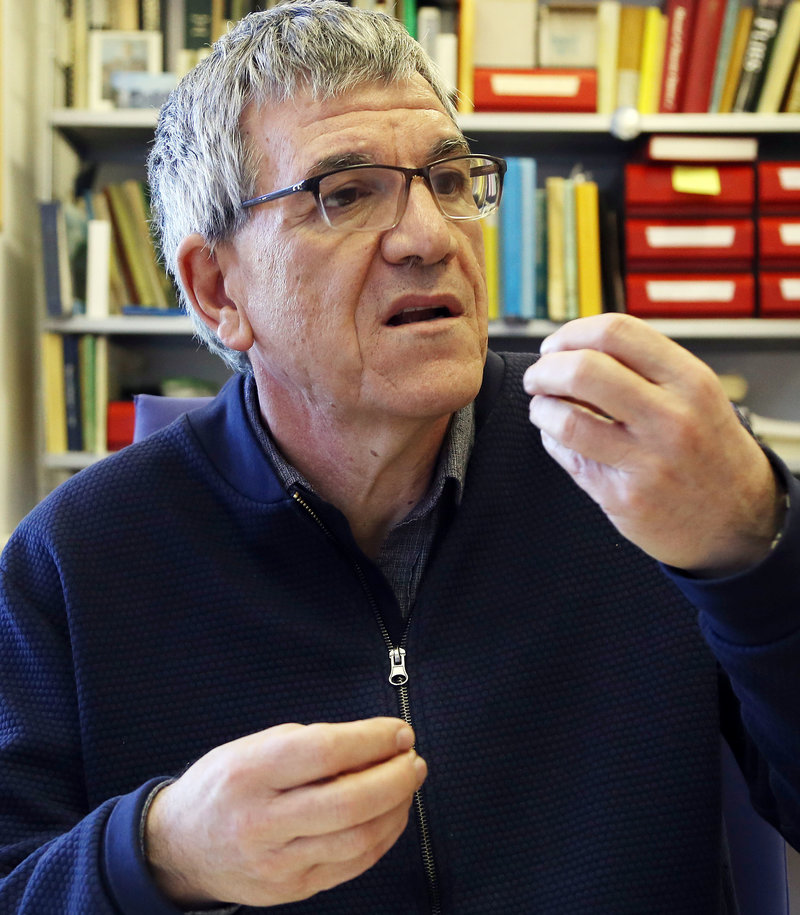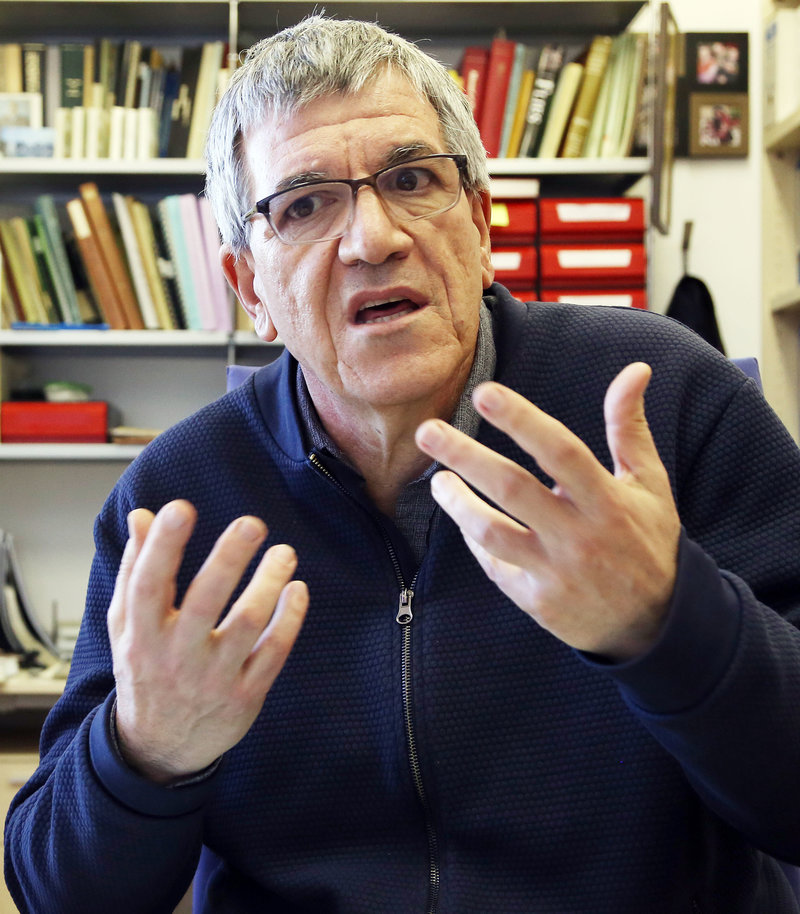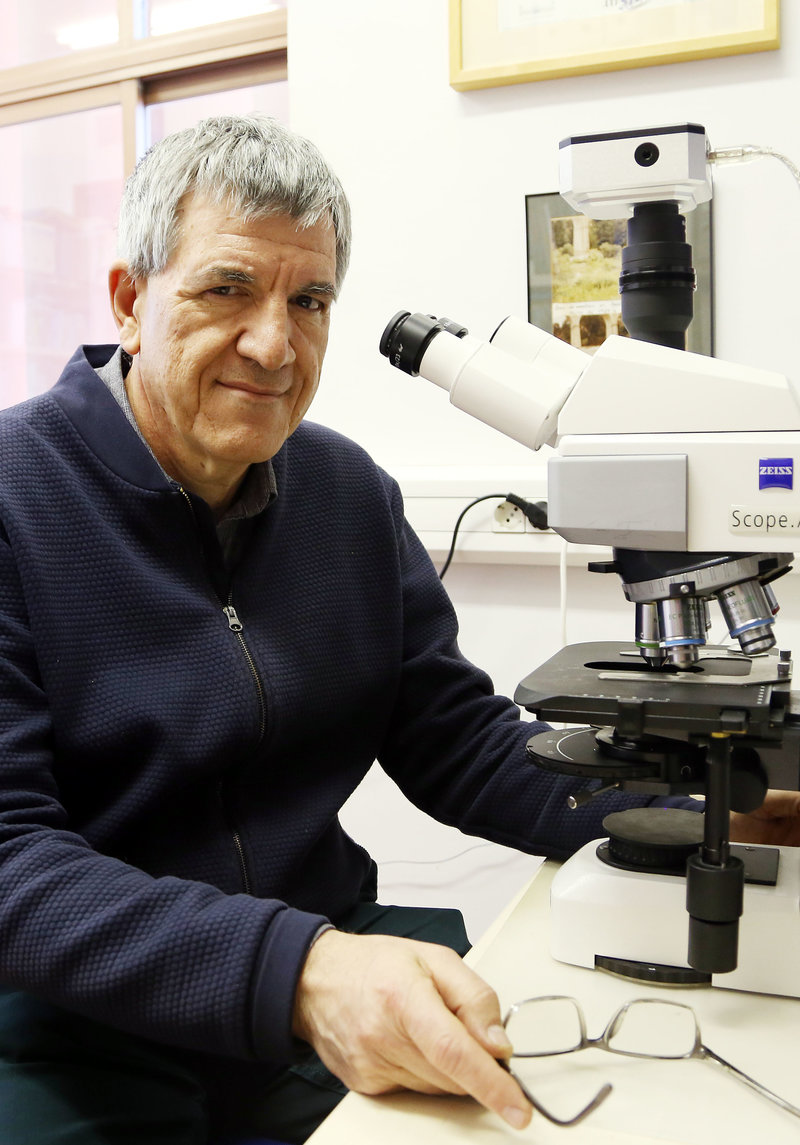Interview
Narcís Prat
In defence of water
You say you are a disciple of Ramon Margalef, the father of Catalan ecology.
Ramon Margalef was an excellent person: very open, always ready to help. He was also an exceptional scientist, very intuitive and who loved working. My vocation for scientific dissemination comes from him. You would see him all over the country giving talks.
Is the environment the main challenge we face?
Yes, the issue of climate change is major problem. A lot of political or military conflicts have an environmental basis, whether it is over water resources or energy. If it is true that we are masters of the world, the problem is that we do not know where we need to take it. Not surpassing two degrees centigrade, as agreed in Paris, is important because for the first time a specific target has been set globally.
Which aspects can be reversed and which can’t?
A few years ago the climate was divided into 18 subsystems big enough to have their own dynamics. Small models were made for each of them and in two it became clear reversal was not possible. One is the Arctic ice, which will never again be what it once was; the other was the ice of Greenland, which is melting quickly. They have passed the point of no return.
Will the agreement from the Paris summit be enough?
All climate models are based on many parameters and that produces a lot of uncertainty. This causes disagreement among scientists. However, the advantage of Paris is that at the very least an objective was set. One of the most important aspects of the climate problem is population, as we quickly move towards 10 billion inhabitants. Maintaining or lowering the population is very important. There are countries in very different situations: there are those like us, with no increase, then those like China or India, where they are trying to maintain it, and then there are some countries in Africa, such as Nigeria, in which the birth rate is out of control. They are very different problems.
Is your outlook on this issue optimistic?
Populations are very complicated to control if quality of life is not also rising. What does development mean? It is always the equivalent to the rise in the energy each of us needs. The more efficient we can be, reducing individual consumption and consuming less fossil fuel, as in developed countries, the more we will be able to reach the two-degree objective. It is about bringing together development and the use of renewable energy.
And how can we reduce water consumption?
In lots of ways. When we eat a domestic apple, we have to keep in mind that this requires much less energy than eating one from the other side of the planet. Thus, responsible consumption is just one way of reducing your ecological footprint.
The relationship between water and population is complex. Are there are too many people and we will get to a point at which the situation becomes unsustainable?
The issue of water is not global, because with climate change some regions will end up with more water. However, there are other areas in which this will become a major problem. When you find yourself in a semi-arid country where rainfall is irregular and below 400ml, the situation of water resources becomes dramatic and you have a problem, especially if you want to supply people with water and, at the same time, maintain the ecological flow of the rivers. Depending on the place, it is very complex. Our country is a good example, with areas that fight to maintain the ecological flow of the rivers and others that have a water deficit. Water is a political element of the first order.
You have often complained that water is not an important issue on the country’s political agenda. Do you still believe that?
Scientists are only of interest when they support the political discourse of the moment. The diversion of the River Ebre is a very clear example of this. In the Delta I am considered a wonderful scientist because I defend the flow of the Ebre, but in Murcia they have no time for me because I do not argue that they should get the water.
The media only talks about water when there is a drought. Is that an example of how there is not enough public interest in the issue?
There are two realities in Catalonia: that of the river basins, where the Catalan Water Agency (ACA, in Catalan) does everything, and the Ebre, where the ACA only has partial responsibility. The ACA’s water management plan for the river basins is very good. It was drawn up from an interdisciplinary perspective and takes the work of scientists into consideration. And, what’s more, it heeds the European directive, even though ecologists do not like it. Until 2025, we should not have any water problems, especially if we bear in mind that consumption is going down and that in eight years’ time we will consume less water than we did in 2008. That means there is no urgency about the need for water. We have enough water for up to two years. But if we get three years of drought, we will be back in a mess. Desalination is going ahead slowly because they say they have to save money, but I think that is a shame, because if they were to push ahead with it, the small rise in water bills would fund maintenance of the Sau and Susqueda reservoirs with more water and would provide a strategic water reserve for the River Ter.
There has been a lot of talk recently about changing the supply of water in municipalities. Is the problem one of management or the system?
The real problem is that there is a very important company called Aigües de Barcelona, which for a long time has done whatever it has wanted and there are people who have resisted. I don’t think the debate makes much sense. Water is in the hands of the municipalities and so local councils have the right to decide if its management is in public or private hands. The only thing you have to do, in either case, is ensure it is done well. So, what is the problem? Well, if you make it public it leads to political interference, especially in the price of water. Nevertheless, public or private management both have their advantages and drawbacks. The main issue is the small print and that there be a good regulator that lays down the conditions and makes sure they are complied with.
What is the main problem with the price of water?
The main problem is that people do not understand their bill. And then there is an added problem in the greater Barcelona area where, for example, they include the waste fee, which accounts for 30% of the water bill. There is also the problem of the fixed costs. Merely to get connected you pay 20 euros, whether you use a cubic metre or not; it is a serious problem. And obviously no one wants to give up the fixed costs, because they ensure a guaranteed minimum revenue. Imagine what that means, for example, in all the tourist towns. Supplying clean water makes up 60% of the bill and only 30% or 40% goes to the Catalan Water Agency, for supplying the towns with water and all the treatment. In other words, the companies make a lot of money. The problem is that the system does not encourage saving water. The saving to be made on a cubic metre of water is very little, two euros. The only way to encourage saving is by lowering the fixed cost and making consumption more expensive, so that the person who uses 40 litres less water pays less and the person who uses more than 125 pays a lot more.
The state of the rivers
There has been an improvement in the condition of rivers in recent decades. What is the most important challenge right now?
The major challenge, all over the country, is securing river flow. We have a plan that does that, but has not been implemented for various reasons. The most important thing of all, and something that affects the rivers Ter and Llobregat, are the hydro-electric mini-plants, which have concessions that are much greater than the needs of environmental river flow. If that is not done, the mid and lower parts of the rivers, and even some of their upper parts, will never be fixed. This is a factor acknowledged in all management plans.
The Llobregat is a river with a lot of problems. Will we one day manage to turn it into a fresh water river?
In fact there are three Llobregats: the upper one as far as Berga, which is fine, the mid-stretch as far as Balsareny, which suffers the mini-plant problem, and the final stretch. When you get to the final part, the quantity of water entering and leaving is so great it is difficult to manage. The problem is the water brought by rain, when it causes overflows and goes directly into the river. That can be resolved in part with storm tanks that collect the water and slowly let it into the water treatment plant.
Spreading the word on water
Prat was recently awarded his third distinction from the University of Barcelona for his work. The jury highlighted his “intense activity in disseminating science and his participation in the media to spread scientific knowledge.” His vocation to inform people has led him to give talks all over the country and publish many articles, particularly on the subject of water resources.
Leave a comment
Sign in.
Sign in if you are already a verified reader.
I want to become verified reader.
To leave comments on the website you must be a verified reader.
Note: To leave comments on the website you must be a verified reader and accept the conditions of use.

